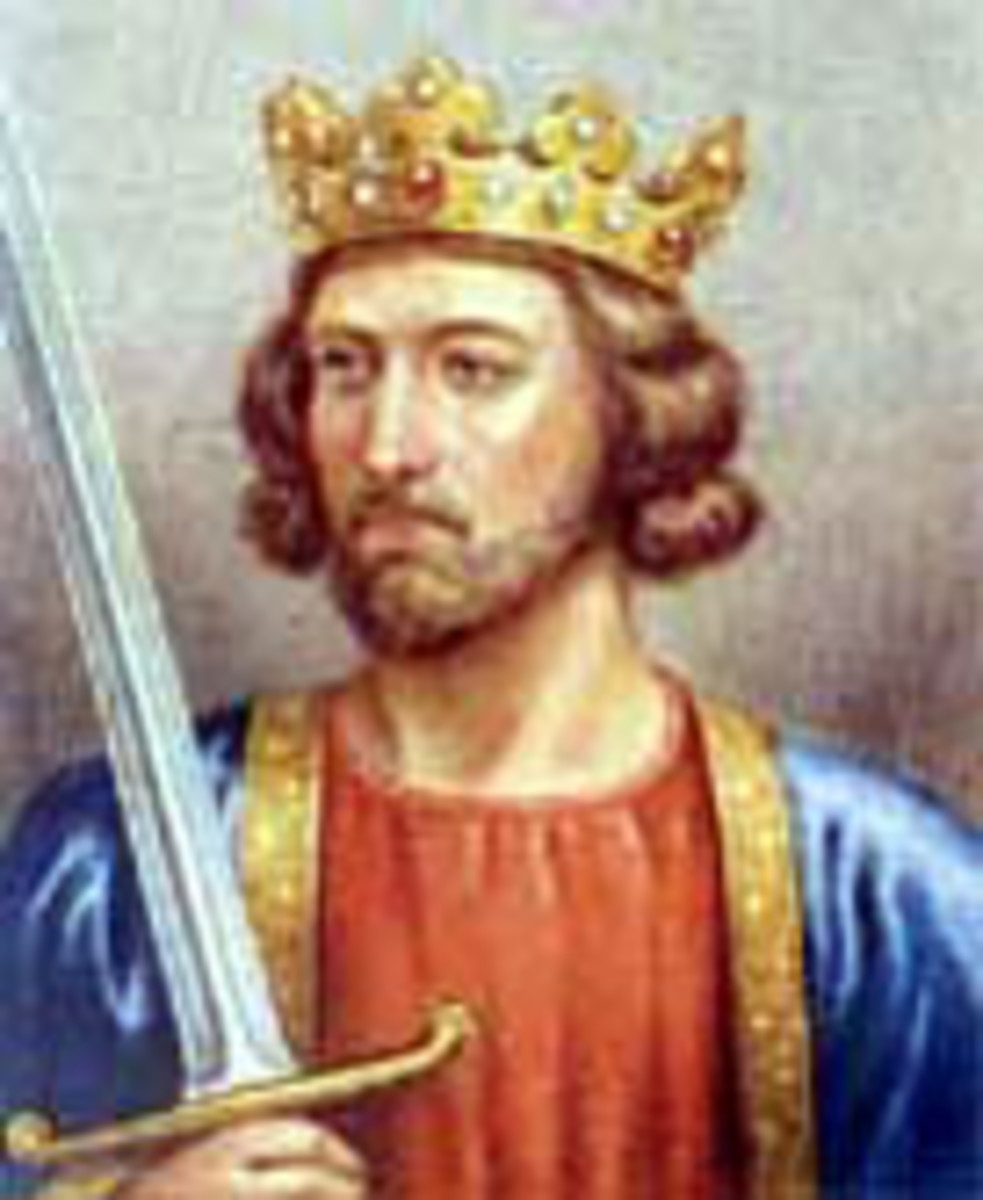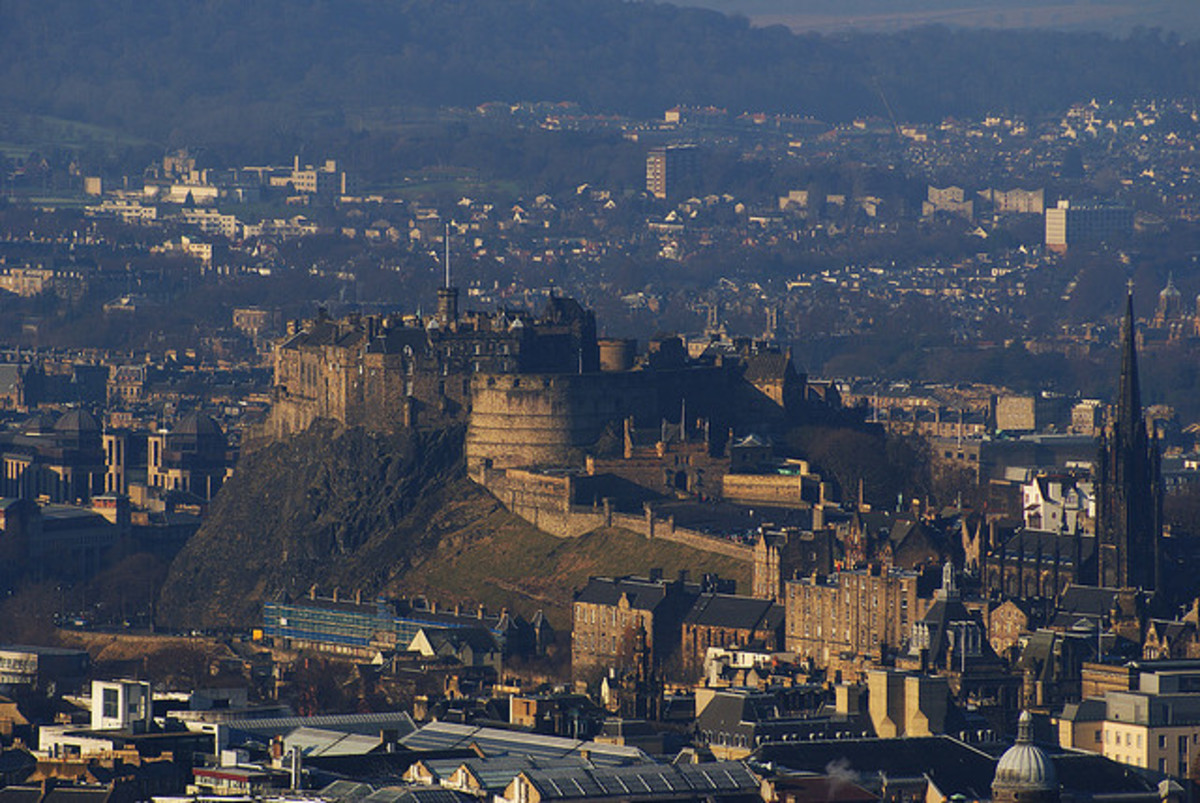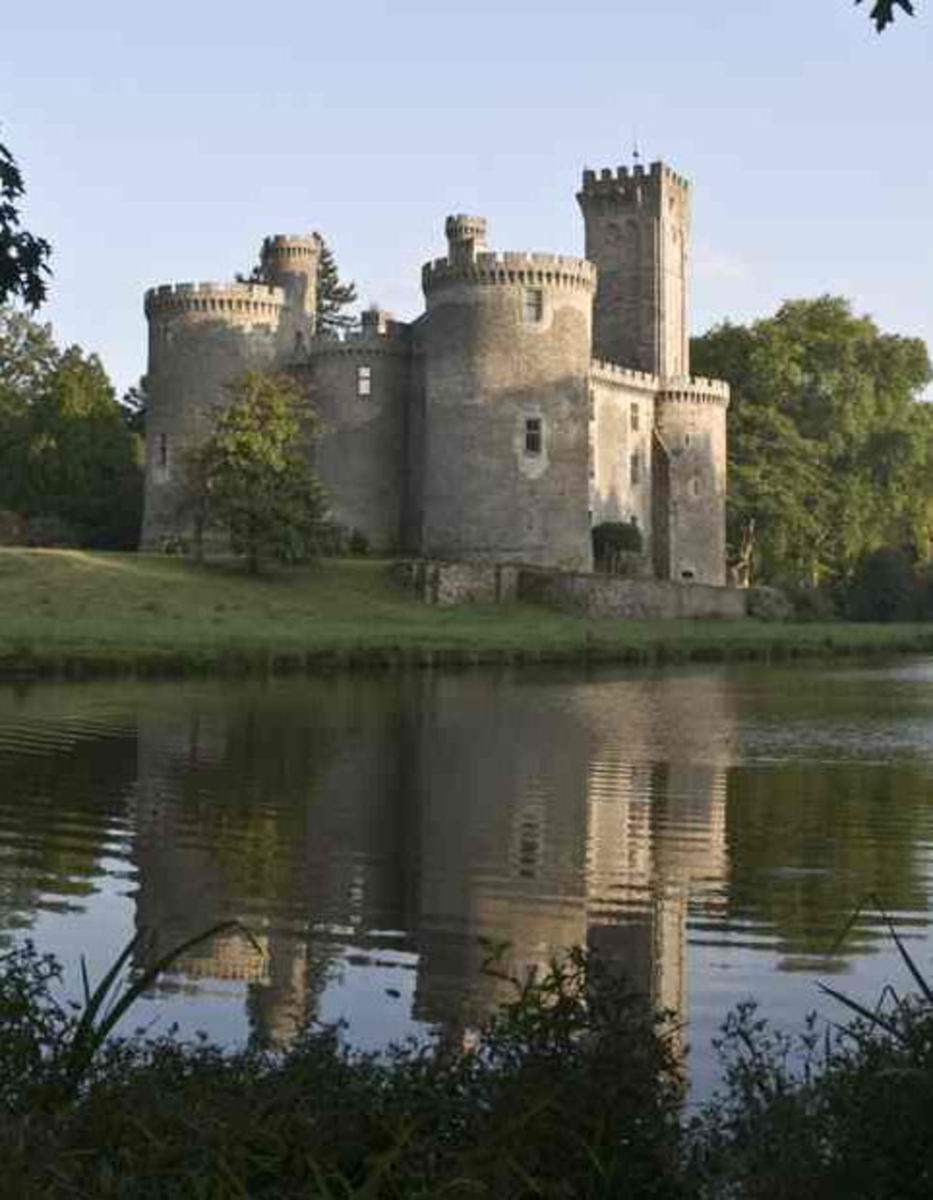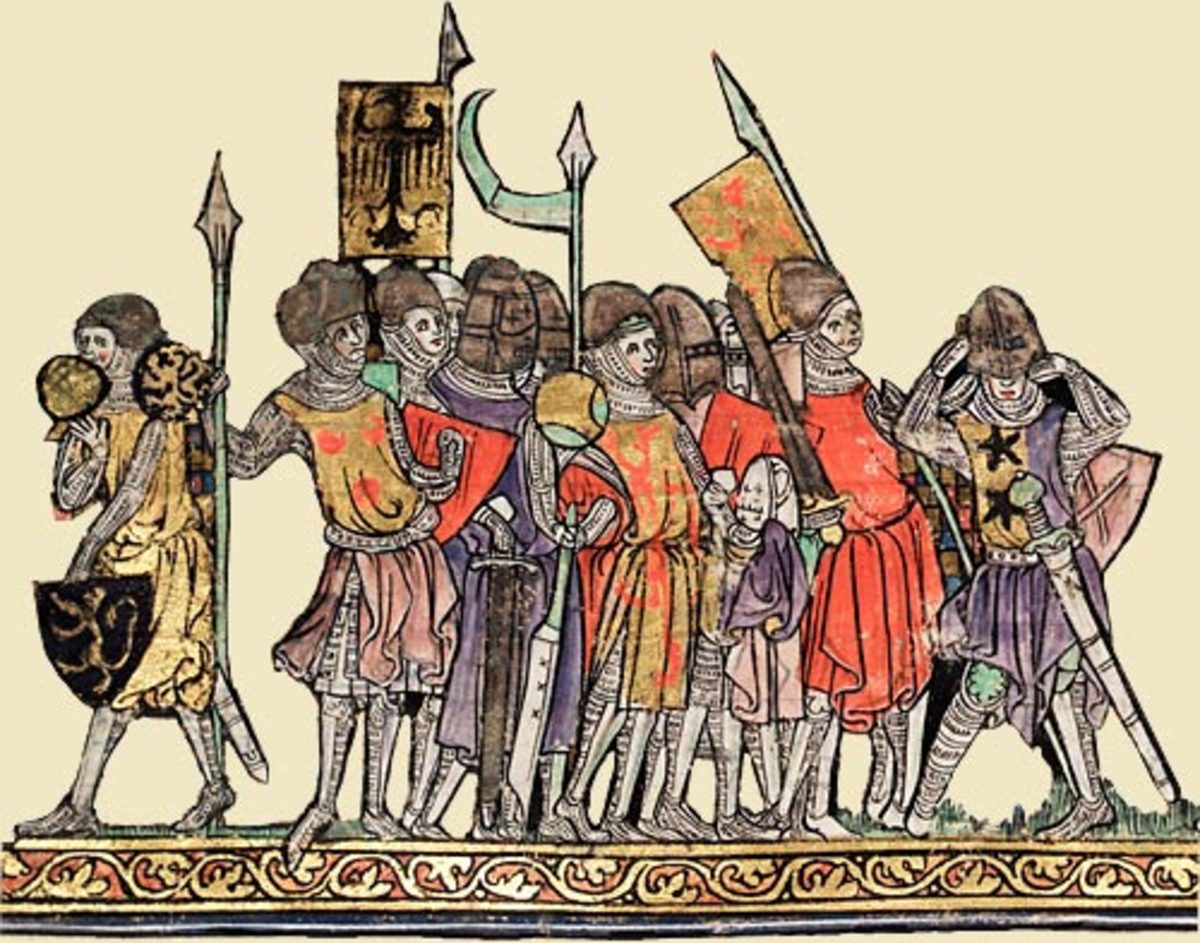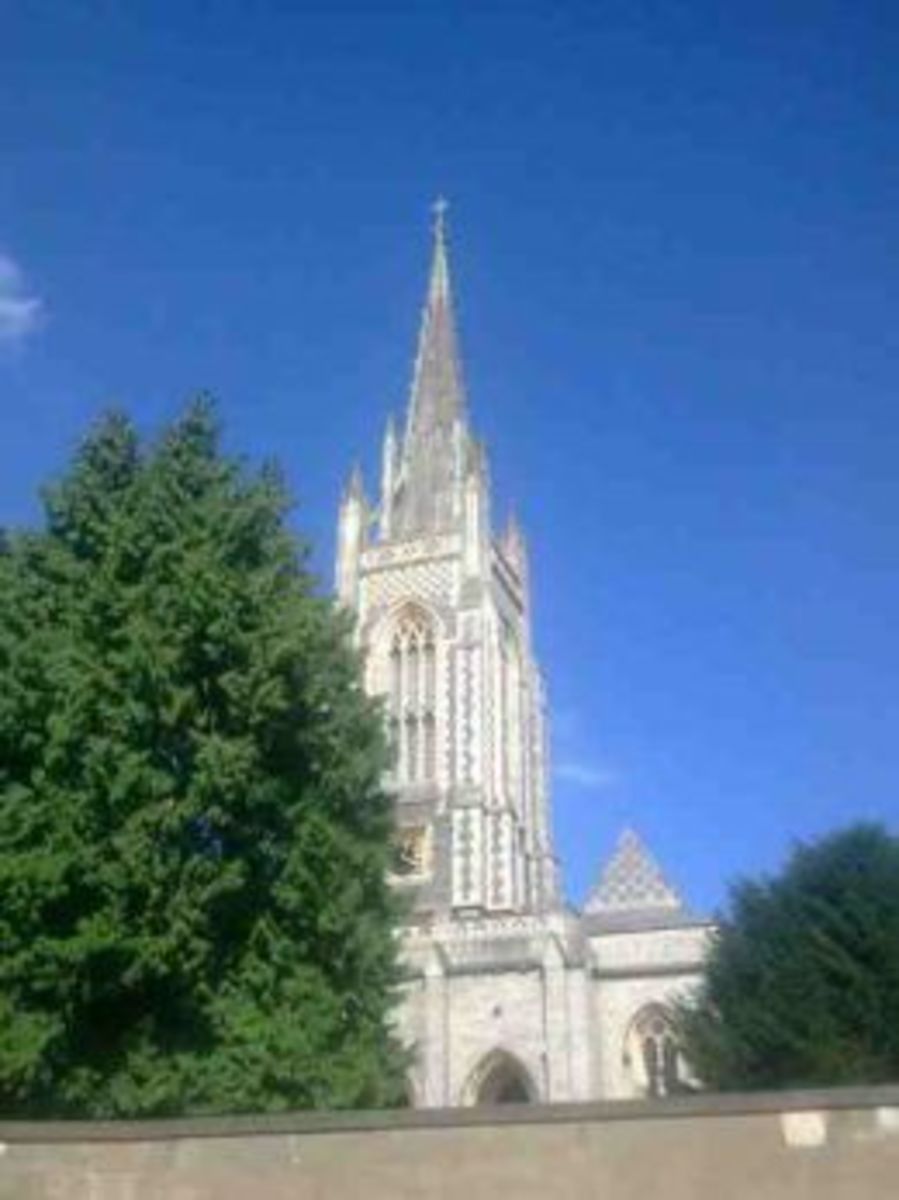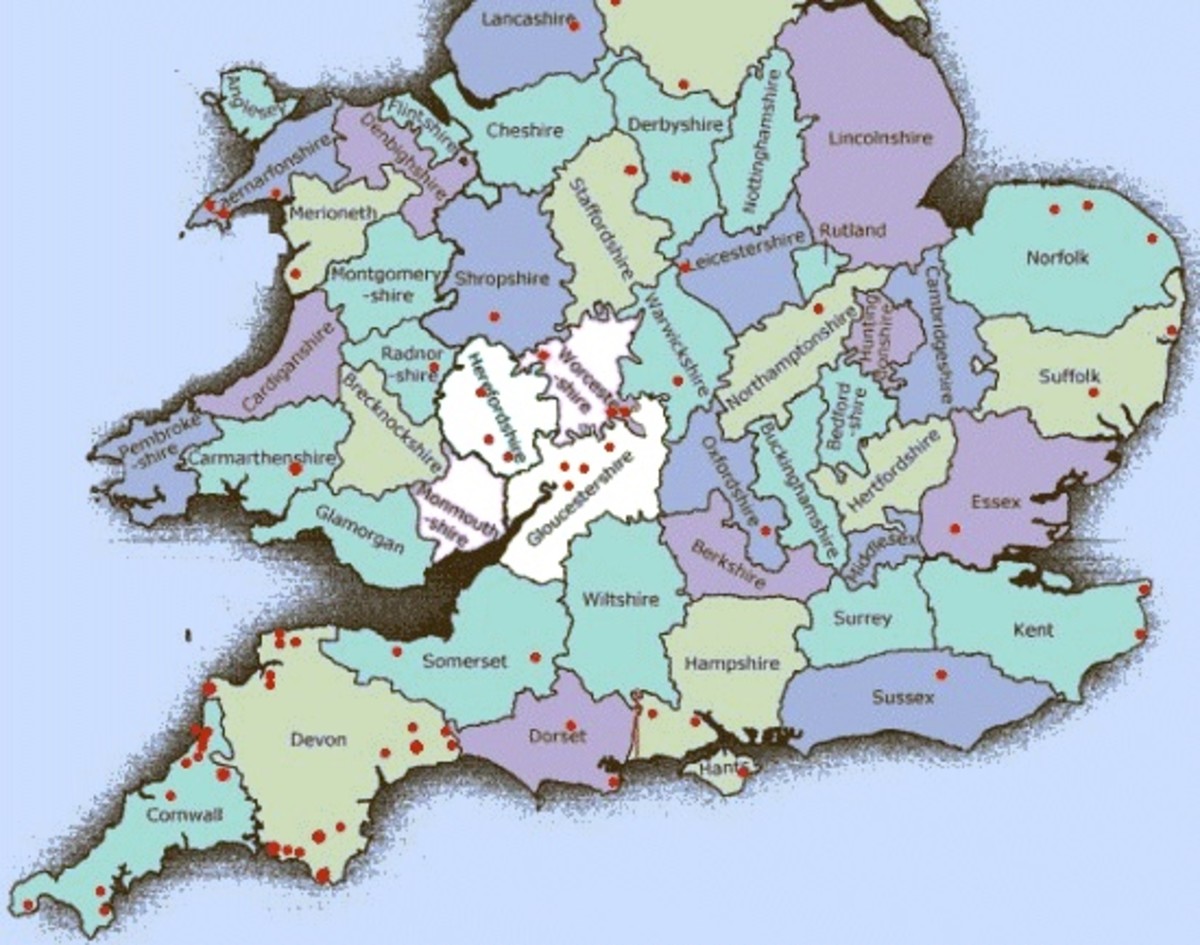- HubPages»
- Travel and Places»
- Visiting Europe»
- United Kingdom
Norman Castles Of Yorkshire
Richmond Castle
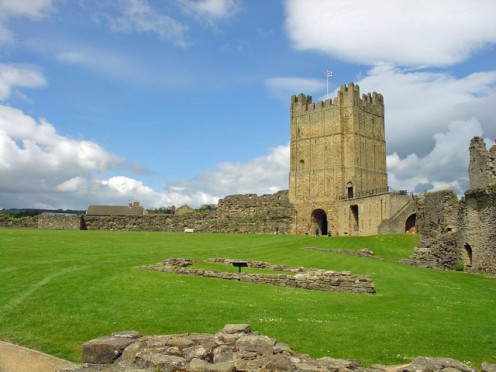
Also in the area
- Easby Abbey - Now ruined, Easby was one of many British abbeys dissolved by Henry VIII during the reformation. Legend has it that a drummer boy was lost in a tunnel connecting Richmond Castle to the abbey. He was never seen again and a stone now marks the spot where his drumming was last heard.
- St Mary's Church, Bolton On Swale - The final resting place of supercentenarian Henry Jenkins, who reportedly lived to the age of 169. In 1667 he stated under oath that he had carried arrows to the English archers at Flodden Field (1513).
Construction of Richmond Castle began in 1071, after William The Conquerer granted the lands and manors of the late Earl Edwin to his nephew, Alan Rufus. A castlery is mentioned as being present in Hindrelag (Richmond) in the Domesday Book of 1086
The 12th century sandstone keep was built by Duke Conan IV of Brittany, and offers spectacular views of Richmond and the surrounding area.
Although the castle was abandoned and in ruins by the end of the 16th century, restorative work on the castle has prevented further decline, and it remains one of the finest examples of Norman architecture in Britain.
- Richmond Castle | English Heritage
With its breathtaking views of the Yorkshire dales, Richmond Castle is one of the finest tourist attractions in North Yorkshire.
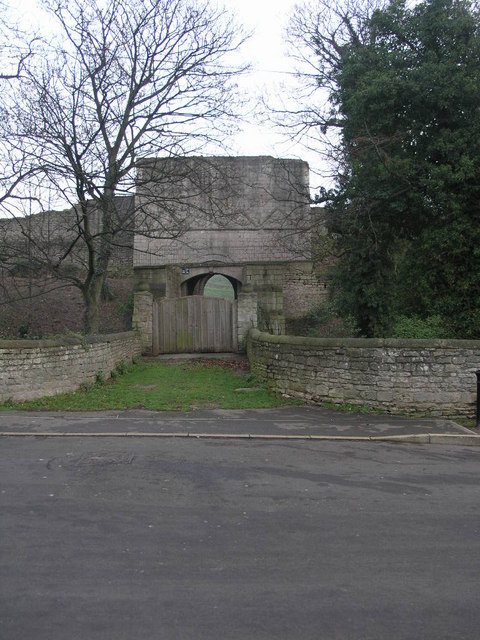
Tickhill Castle
Tickhill Castle dates to the early 11th century, when it was a simple motte and bailey castle.
In 1180, Henry II began construction of a circular keep on top of the motte. The keep, along with a bridge and chapel, was completed in 1192.
In 1189, Richard I granted the lands around Tickhill to his younger brother, the future King John. However, Richard was distrustful of John and withheld the castle. In 1191, while Richard was fighting in the Third Crusade, John seized the kingdom from William Longchamp, and the castle became a stronghold for John against a suspected invasion by Philip II of France.
A seige in 1194 saw the castle fall to Hugh de Puiset, who disgreed with John's rebellion, despite his own animosity towards Longchamp.
In 1372, William III ganted the castle in exchange for the Earldom of Richmond, to John of Gaunt, and the castle remains the property of the Duchy of Lancaster.
A Royalist stronghold during the English Civil War, the castle was surrendered to John Lilburne on July 26th 1644, and subsequently razed in 1648 to prevent its future use for the same purpose.
The castle is now a private residence, having been converted into a house by the Hansby family after the English Civil War.
- Tickhill and District Local History
This site aims to make accessible articles, photographs, documents and recorded memories of the local history of Tickhill and District.
Norman Castles
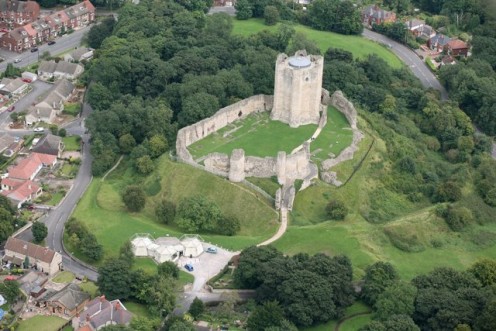
Conisbrough Castle
Likely on the site of William de Warenne's previous motte and bailey castle, the current castle was built from 1170 onwards by Hamelin Plantagenet, illegitimate son of Geoffrey of Anjou, and uncle of the future kings Richard I and John of England.
The striking keep was almost certainly built to Hamelin's own design, as the design is unique in England, and similar to that of a keep on the Warenne lands at Mortemer in France.
Thomas, Earl of Lancaster seized the Yorkshire lands of the Warenne family in 1317, and after the Battle of Boroughbridge in 1322 the castle fell to Edward II, before being restored to John de Warenne in 1326. John died without a legitimate heir in 1347 and so the castle fell gain into the possession of the crown.
Edward III gave the castle to his son, Edmund Langley, 1st Duke of York, upon whose death it was inherited by his son, Edward of Norwich, 2nd Duke of York. After Edward died at the Battle of Agincourt in 1415, his wife Maud resided at the castle until her death, and the castle then passed to Richard, 3rd Duke of York.
After Richard died in the Wars of the Roses at the Battle of Wakefield in 1460, his son Edward, Earl of March continued the war and emerged victorious as Edward IV, and the castle was once again the property of the crown.
- Conisbrough Castle | English Heritage
Dramatically re-presented in May 2014 after a major HLF funded project, the keep of Conisbrough Castle is unique.
Pontefract Castle
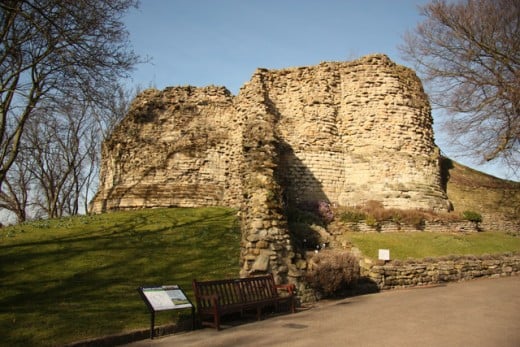
Pontefract Castle has been the site of many interesting moments of English history.
Built in 1170 by Ilbert de Lacy, the castle was owned by the de Lacy family until it was confiscated by Henry I when Robert de Lacy failed to support Henry in his struggle against his brother.
When Richard I came to power, Roger de Lacy paid 3,000 Marks for the Honour of Pontefract, however th king retained the castle. Upon becoming king in 1199, John of England returned the castle to the family, but took possession of the castle along with Castle Donington when Roger died in 1213. The de Lacys continued to live at the castle until the early 14th century.
In 1311, the castle passed through marriage to the House of Lancaster, and it was outside the castle walls that Thomas, Earl of Lancaster was beheaded, the sentence having been passed by Edward II in the castle's great hall.
The castle then passed to Henry, Duke of Lancaster, and then to John of Gaunt, who held the castle as his personal residence, and spent a significant sum of money to improve it.
The castle was almost certainly the site of the murder of Richard II, likely in the Gascoigne Tower.
Thomas Darcy, 1st Baron Darcy de Darcy was executed by Henry VIII in 1538, after being found guilty of treason for handing the castle to the Pilgramage Of Grace - a Catholic rebellion against the rule of the king.
In 1541, Catherine Howard committed her first act of adultery with Lord Thomas Culpepper at Pontefract Castle during a royal tour of the provinces, and was exuecuted without trial.
The castle was besieged at least three times during the English Civil War, with Oliver Cromwell noting that the castle was 'one of the strongest inland garrisons in the kingdom'.
The castle was destroyed at the end of the Second English Civil War, much to the delight of the townspeople, who were happy to see an end to fighting in the area.
- The Yorkshire Survey | Duchy of Lancaster
The Yorkshire Survey includes the ancient inheritances of Pontefract, Pickering, Cloughton, Scalby and Tickhill.
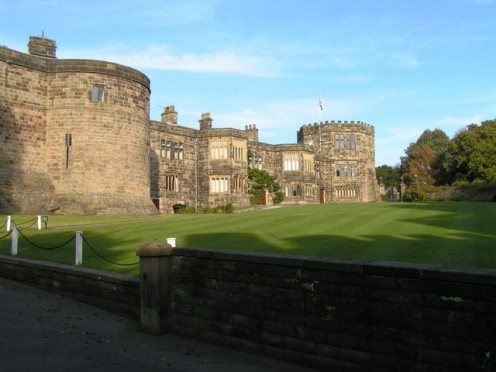
Skipton Castle
One of the best preserved examples of Norman architecture in England, Skipton Castle was first built as a motte and bailey in 1090 by Robert de Romille.
In the early 12th century, Henry I extended Romille's lands and the wooden castle was rebuilt in stone to defend against the Scots.
In 1310, the Romille line died out, and the castle was awarded by Edward II to Roberd Clifford, who became Lord Clifford of Skipton and Guardian of Craven. Clifford ordered many improvements to the castle, but died at the Battle of Bannockburn in 1314 with the works barely complete.
After Tickhill Castle fell in 1644, Skipton Castle was the last Royalist stronghold in the North of England, and after a three year seige a surrender was negotiated between Oliver Cromwell and the Royalists in 1645.
Lady Anne Clifford was the last of the family to own the castle. After the siege she ordered renovations, and planted a yew tree in the central courtyard to commemorate the seige.
The castle has been impeccably preserved and is one of the most complete medieval castles in England. The castle is now a tourist attraction and private residence.
- Skipton Castle, Superbly Preserved Medieval Castle, Yorkshire
Skipton Castle, North Yorkshire is one of the best preserved famous castles in Britain. Open for educational school visits and group bookings with book shop and tea rooms
York Castle
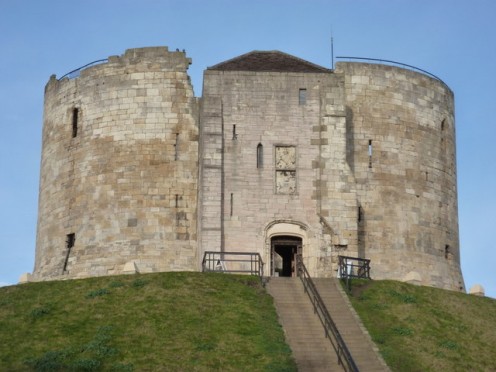
A motte and bailey castle was first built on the site of York Castle in 1068, however it was destroyed by local rebels and a Viking army the following year.
Incensed by the rebellion, King William ordered the Harrying of the North, and the castle was rebuilt with extensive defences including a moat and an artificial lake.
During the reign of Henry II, the royal chambers were inside the keep, and as Henry visited the castle four times during his time as King, he paid £15 towards the repairs of the keep.
During his visit in 1175 the castle was used by Henry as a base for receiving homage from William the Lion of Scotland.
One of the worst pogroms in medieval English history in 1190 resulted in the deaths of around 150 Jews at the castle. Anti-Jewish sentiment was high after the newly crowned King Richard I declared his intent to fight in the Crusades, and after threats by a local man who owed money to a wealthy Jewish merchant, the Jewish community sought refuge inside the castle keep.
The Sheriff of York laid seige to the keep, and rather than renounce their faith, the Jews committed mass suicide and the castle was burned to the ground.
The castle was kept in good repair during the reigns of Kings John and Henry III, the rebuilt wooden keep eventually being destroyed in a gale in 1228, however it wasn't until the threat of an invasion by the Scots in 1244 that the castle was finally ordered to be rebuilt in limestone. The work, which was carried out between 1245 and 1270, cost £2,600 and included a large gatehouse, two smaller gatehoses, a small watergate, a small gateway into the city, a chapel and the stone keep now known as Clifford's Tower.
The castle was retained as a military structure for the next three centuries, although funding for the upkeep became scarce and the castle fell into disrepair. Richard III had noticed that the castle was in need of extensive work, aand had several of the more decrepit buildings removed in 1483, however he dies at the Battle of Bosworth befire work to rebuild the castle could begin.
The castle continued to be used as a prison, despite its dilapidated state, with executions of traitors performed by hanging them from the top of the keep rather than at Micklegate Bar.
The castle finally closed as a prison in 1929 and the site, now maintained by English Heritage, is open to the public.
- Clifford's Tower, York | English Heritage
It’s the stunning view you get of the historic city of York that makes Clifford’s Tower one of the most popular attractions in Yorkshire.
- Yorkshire - Lonely Planet
Yorkshire is England’s most interesting region. A bold statement, no doubt, but they’d expect nothing less in God’s Own Country, as Yorkshire folk half-jokingly refer to where they’re from.
Which of Yorkshire's Norman castles is your favourite(or which would you most like to visit)?
In conclusion, Yorkshire is Great!
These aren't all of Yorkshire's castles, I haven't ranked them in order of preference, and there are many more things to see and do in this glorious county, but there's only so much one can write on a topic without thinking that it maybe should be written as a book instead.
If you've never been, I strongly recommend visiting Yorkshire, there's something for everyone - breweries, castles, abbeys, theme parks, shopping centres, sports stadiums, the Wensleydale creamery ("Lovely cheese, Gromit!") - and the people of Yorkshire are incredibly welcoming, even if it does take a while to figure out the accents and dialects that pepper our county.
Definitely take the time to check out Middleham Castle (my favourite castle) - the childhood home and favourite castle of Richard III. I could have featured it castle in this hub, but the castle is only near the original Norman motte and bailey, not on the actual site, so it would have been a cheat.
© 2014 Rebecca Hillary



